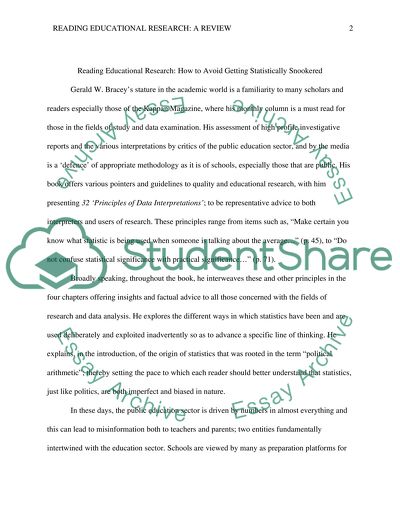Cite this document
(“Reading Educational Research: How to Avoid Getting Statistically Book Report/Review”, n.d.)
Retrieved from https://studentshare.org/psychology/1447084-book-review-for-bracey-gerald-w
Retrieved from https://studentshare.org/psychology/1447084-book-review-for-bracey-gerald-w
(Reading Educational Research: How to Avoid Getting Statistically Book Report/Review)
https://studentshare.org/psychology/1447084-book-review-for-bracey-gerald-w.
https://studentshare.org/psychology/1447084-book-review-for-bracey-gerald-w.
“Reading Educational Research: How to Avoid Getting Statistically Book Report/Review”, n.d. https://studentshare.org/psychology/1447084-book-review-for-bracey-gerald-w.


